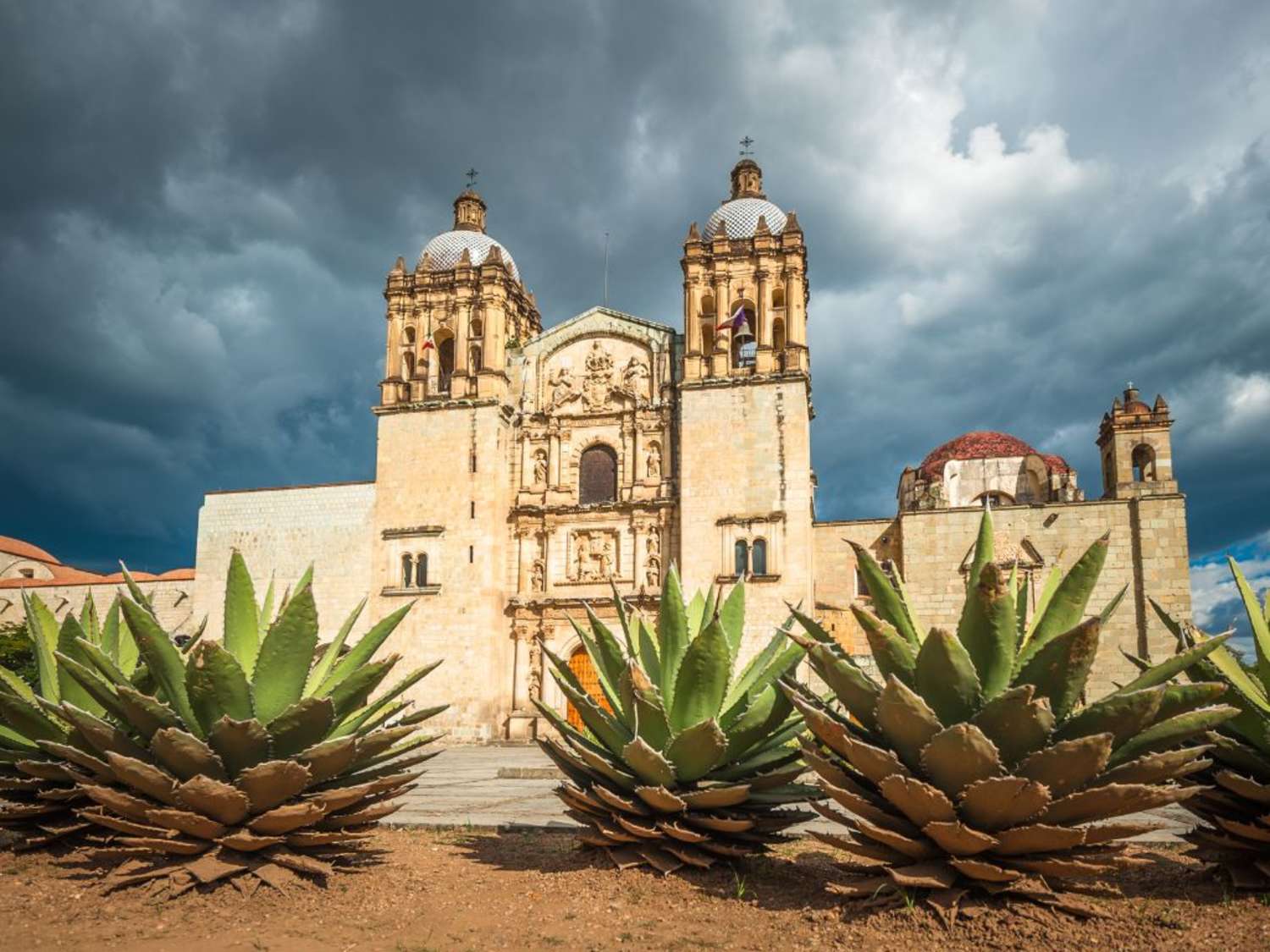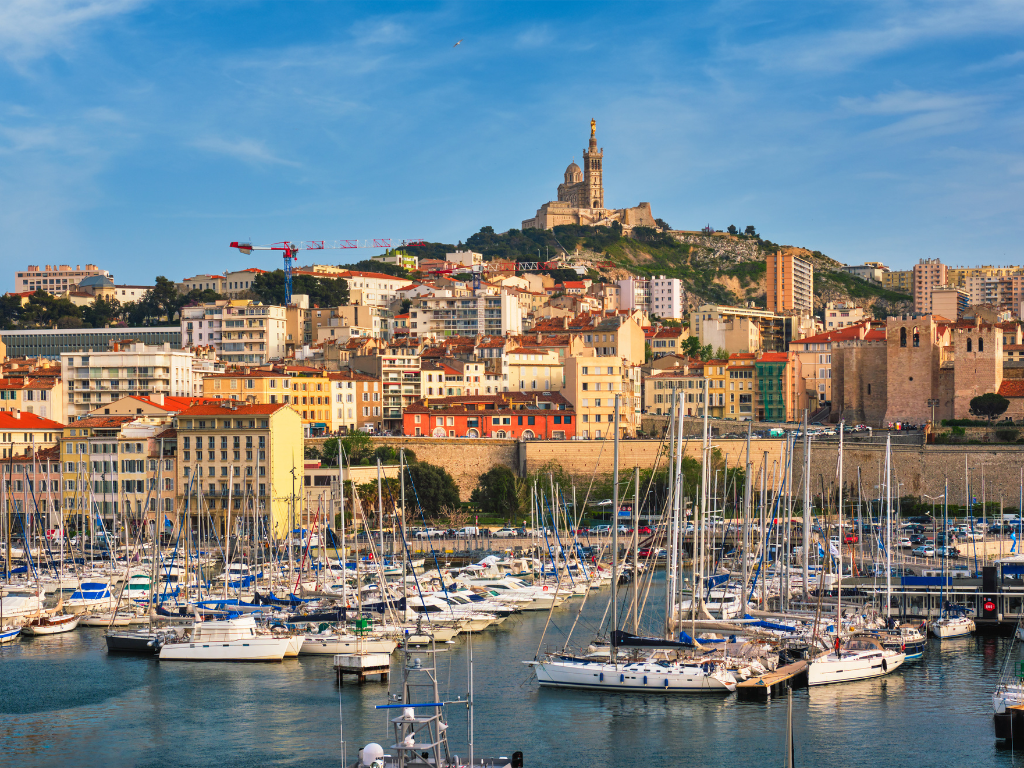Oaxaca is a captivating region in Mexico known for its rich culture, diverse cuisine, historical sites, and stunning landscapes. It offers a unique blend of indigenous traditions, colonial heritage, and modern experiences that make it a must-visit destination. From exploring ancient Zapotec ruins to savoring delicious mole dishes, Oaxaca has something for everyone. With its vibrant art scene, colorful markets, and breathtaking natural scenery, Oaxaca is truly a gem of Mexico.
Unveiling Oaxaca's Cultural Tapestry
A Glimpse into Indigenous Heritage
Oaxaca is home to vibrant communities of indigenous people, including the Zapotec and Mixtec cultures. These groups have a rich history and traditions that continue to shape the region's identity. Oaxaca's indigenous communities are known for their intricate art forms, such as pottery and textiles, as well as their unique rituals and celebrations.
Check out our new Oaxacan Crafts and Cuisine Day Trip with Mezcal Distillery. By exploring these cultural practices, visitors can gain a deeper understanding and appreciation of Oaxaca's rich heritage.
Oaxaca City's Fantastic Architecture
The architectural landscape in Oaxaca is a testament to its colonial past. The city's historic center is home to iconic landmarks such as the Santo Domingo Church, which boasts a stunning baroque façade and gilded altar. Other notable colonial-era buildings include the Government Palace and the Macedonio Alcalá Theater. The colonial-era architecture is a captivating reminder of Oaxaca’s past and adds to the region's charm.
Artistry Beyond Borders
From the colorful textiles of Teotitlán del Valle to the intricate pottery of San Bartolo Coyotepec, the region's art forms are as diverse as they are beautiful. Acclaimed artists such as Rufino Tamayo and Francisco Toledo have also called Oaxaca home, leaving a lasting legacy on the local art scene.
Savoring the Culinary Marvels of Oaxaca
Mole: The Heart of Oaxacan Cuisine
When visiting Oaxaca, it's essential to indulge in its world-renowned cuisine. One dish in particular stands out - mole. This intricate sauce is created by blending a myriad of aromatic spices, chili peppers, and other carefully selected ingredients. Typically, it's poured over tender chicken or other succulent meats, adding a depth of flavor that tantalizes the taste buds. Oaxaca boasts a diverse range of mole varieties, each with its own distinct flavor profile, making it a culinary adventure to sample them all.
Street Food Adventures
Oaxaca's bustling markets are a feast for the senses, offering an array of street food delicacies. From tlayudas (oversized tortillas topped with beans, meat, and vegetables) to empanadas and even chapulines (crickets), there is no shortage of delicious and unique foods to try.
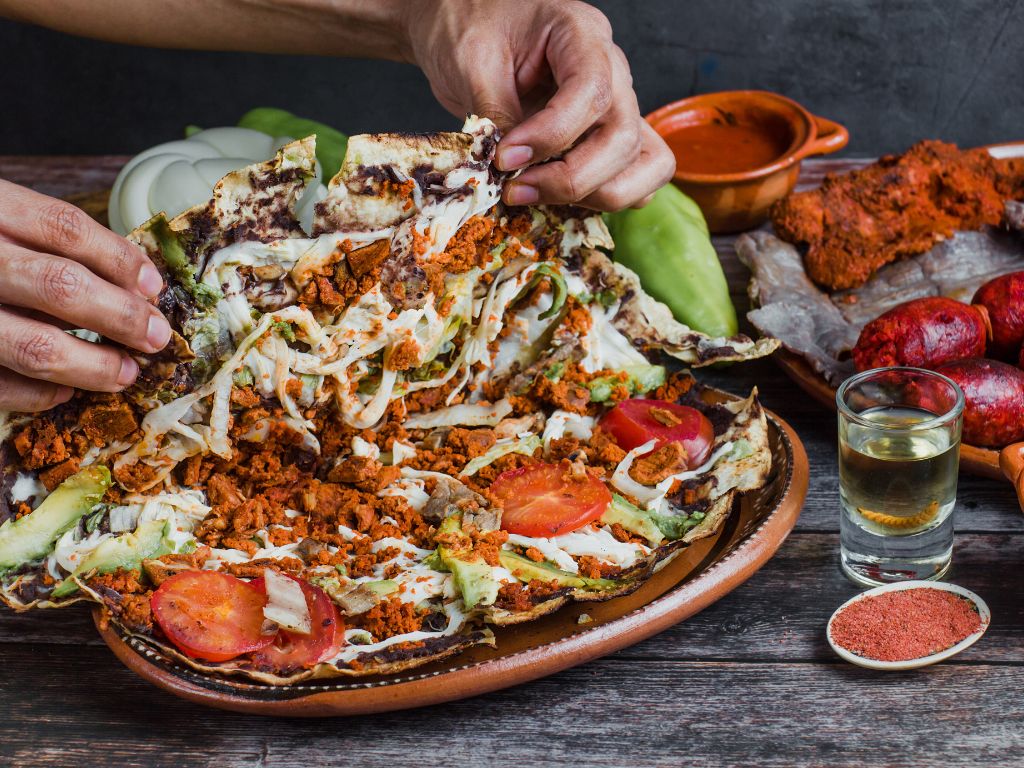
Mezcal: Spirit of the Gods
Mezcal is a distilled spirit that is synonymous with Oaxacan culture. Made from the agave plant, this spirit has a smoky flavor and is often sipped neat or used in cocktails. Mezcal production is a time-honored tradition in Oaxaca, and visitors can learn about the process by visiting local distilleries.
Journeying through Oaxaca's Natural Wonders
Hierve el Agua: Petrified Waterfalls and Beyond
Located just outside of Oaxaca City, Hierve el Agua is a natural wonder that must be seen to be believed. This stunning geological formation features petrified waterfalls and breathtaking vistas of the surrounding valley. Visitors can hike to the top of the falls for panoramic views, or relax in the mineral-rich pools at the base.
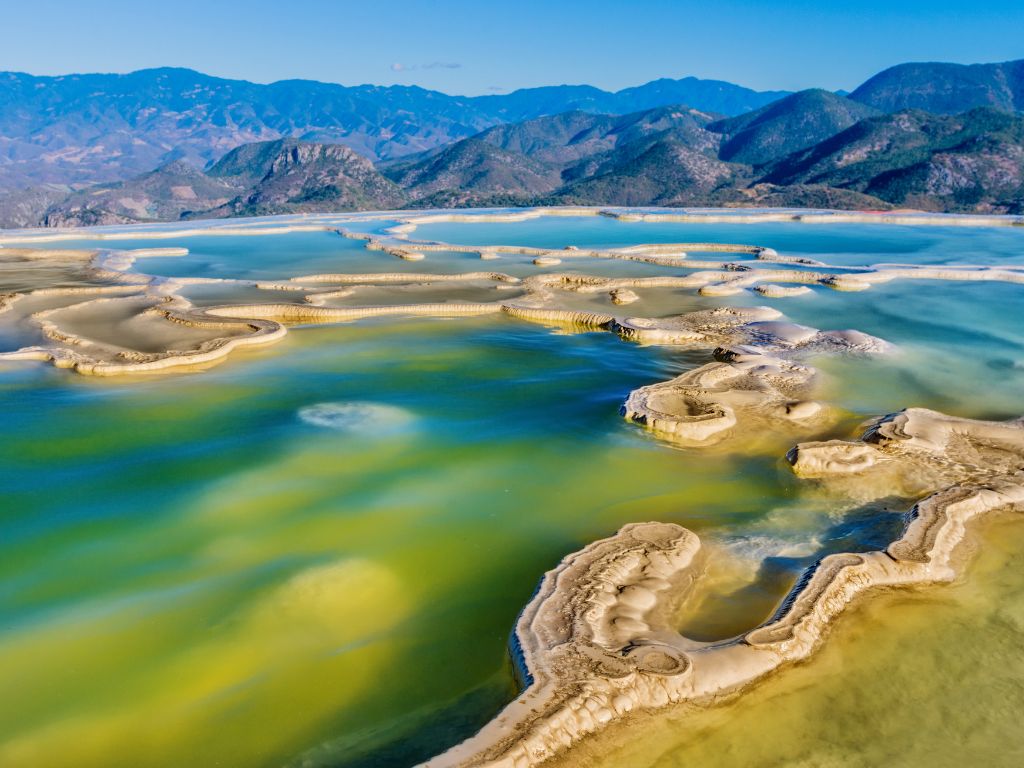
Monte Albán: Ancient Ruins and History
Monte Albán, once the capital of the Zapotec civilization, is a fascinating archaeological site with stunning architecture that includes a massive ceremonial center, ball courts, and hieroglyphic inscriptions. Explore the history of this ancient city, marvel at its impressive structures, and learn about the fascinating culture of the Zapotecs.
Preserving Biodiversity: Oaxaca's Ecological Treasures
Oaxaca is home to a diverse array of ecosystems, from the Sierra Norte mountains to coastal areas and everything in between. These ecosystems are home to a wide variety of plants and animals, many of which are found nowhere else in the world. Efforts are underway to protect Oaxaca's unique biodiversity, including the establishment of national parks and other protected areas.
Festivals and Celebrations: A Glimpse into Oaxaca's Vibrant Spirit
Day of the Dead (Día de los Muertos)
Día de los Muertos, or Day of the Dead, is a deeply rooted and symbolic Mexican festival. It is a time when families come together to remember and celebrate their deceased loved ones. The festival is traditionally celebrated over two days, November 1st and 2nd, and is a colorful and vibrant event. Families prepare for the festival by building ofrendas, or altars, which are adorned with marigolds, candles, food, and photographs of the deceased. The ofrendas also include the favorite foods and drinks of the deceased, who are believed to return to the living world to visit their families during the festival.
The celebration is not only about honoring the dead, but also about celebrating life. People dress up in colorful costumes and paint their faces as skulls, a symbol of death and rebirth. There are parades and music, and the streets are filled with the smell of traditional foods such as tamales and pan de muerto.
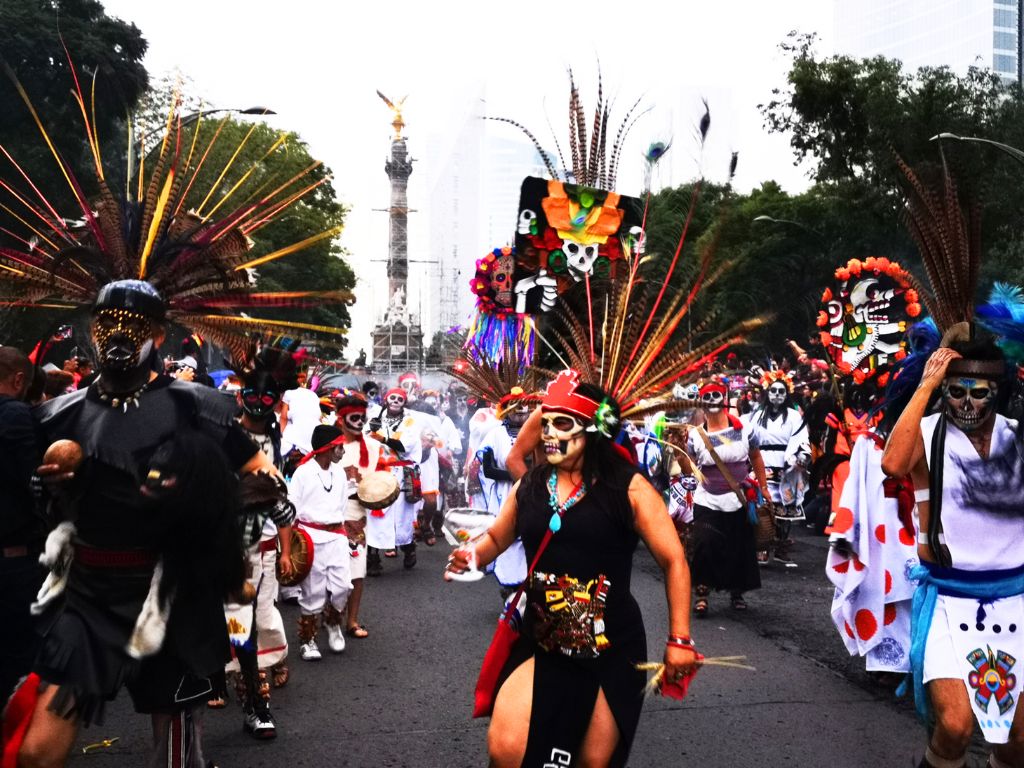
Guelaguetza: A Dance of Unity
Guelaguetza is a highly anticipated and celebrated festival in Oaxaca. It is considered to be one of the most important cultural events in the region, and is a symbol of the area's rich diversity, celebrating the indigenous communities, their traditions, and their culture. The festival has a rich history that dates back to pre-colonial times when the indigenous people of the area would gather to celebrate their gods and goddesses. Today, the festival is celebrated in late July and early August and is a time for people to come together and celebrate their cultural heritage.
Night of the Radishes (Noche de Rábanos)
Noche de Rábanos is a unique Oaxacan event that takes place every December. During this festival, artisans carve radishes into intricate sculptures, showcasing their creativity and skill. The sculptures often depict scenes from Oaxacan life and culture, providing a unique glimpse into the region's traditions and identity.
Key Takeaways:
Oaxaca is a region with a rich tapestry of experiences to explore. From its vibrant culture and cuisine to its complex history and breathtaking natural beauty, there is something for everyone in this fascinating part of Mexico. We encourage you to take your own journey to Oaxaca and discover all that this region has to offer.
